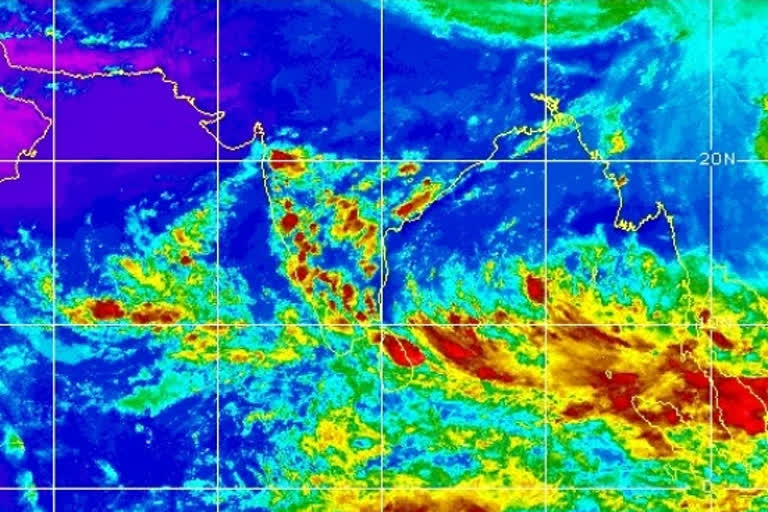Kolkata: The agriculture department of the West Bengal government on Friday issued a notification for farmers residing in southern districts of the state after reports predicted possible cyclonic storm 'Sitrang' approaching the West Bengal-Bangladesh coast early next week.
The weather system, likely to be named 'Sitrang' by Thailand, is expected to approach West Bengal-Bangladesh coasts after deepening into a 'depression' on Saturday and subsequently into a 'deep depression' on Sunday, said an IMD release. It is currently a low-pressure system over the North Andaman Sea.
In case of a successful landfall, 'Sitrang' will be the first post-monsoon tropical cyclone in the area after three years. It is also expected to cause intense rainfall in Odisha despite predictions of skirting it and moving North-Northeastwards towards Bengal.
The government advisory, meanwhile, predicted heavy rainfall in coastal districts. To avoid crop damage, it also advised farmers to procure paddy, mustard, dal and other food grains. Those who have not yet planted crops, on the other hand, were asked to wait until further notification.
The state government has initiated the evacuation of residents staying in low-lying areas in southern districts such Purba Medinipur, South 24 Parganas and Sunderbans to safe places, an official said on Friday. Chief Minister Mamata Banerjee, meanwhile, convened a meeting at the Secretariat 'Nabanna' to take stock of the persisting situation. Food and medicines were stocked while shelters were set up in districts where the cyclone impact is likely.
Meanwhile, the National Crisis Management Committee (NCMC) under the chairmanship of cabinet secretary Rajiv Gauba on Friday reviewed preparedness of central ministries and agencies as well as state government and UTs to review preparedness for a possible cyclonic storm over the Bay of Bengal.
During the meeting Gauba said that preventive and precautionary measures should be taken by concerned authorities of State government and UTs and concerned central agencies.
"The aim should be to keep loss of lives to zero and minimise damage to property and infrastructure such as power and telecom, and in case of damage to the infrastructure, it must be restored in the shortest possible time," he added.



